In recent years there has been much talk about the opportunities offered by big data and artificial intelligence. This is also the case in healthcare where large amounts of information are collected and stored every day. According to Sitra’s recently released report “From Big Data to Myhealth”, we are only taking the first steps in the intelligent use of these data masses.
The publication evaluates how well health and well-being data is used today and presents the findings from the Health Analytics Programme (HEAP) pilot project. The report also lists practical examples, which describe how data is already being used in new forms of healthcare services.
Sitra’s project manager Tuula Tiihonen estimates that the pilot’s results show that there is a clear need for health analysts in the healthcare sector because the current nursing training does not include analytics expertise.
“Analytics teaches how information can be used and interpreted, why it is necessary to record data into systems and what data should be recorded and what shouldn’t. By using data, the aims are to improve customer understanding, enable us to better develop services, improve the customer experience and the guidance we give to customers,” says Tiihonen.
The HEAP pilot project was implemented in co-operation with Satakunta University of Applied Sciences (SAMK), the Pori unit of Tampere University of Technology (TTY) and the Tallinn University of Technology (TalTech).
An expanding library that nobody can access or use
Health analysts could operate in many different roles in various parts of the healthcare system and, for example, could provide information that improves treatment or supports administrative decision-making. To develop guidance on services and customer experience an analyst could compile and analyse information such as patient data and customer information. With the help of data an analyst could also support individual health and well-being planning.
University lecturer Andrew Sirkka from SAMK, who took part in the pilot project, says that the social and healthcare sectors are data-intensive areas where information is documented and archived in large amounts.
“How best to use this large data resource has become a problem when making decisions about a person’s individual healthcare. Those files are like an ever-expanding library whose collections nobody is allowed to use! The collected data has become hazardous waste,” Sirkka says.
Health analytics can be seen as a form of literacy with a constantly increasing value, especially in a complex environment such as healthcare. It is also an important way to improve people’s participation in their own care.
In the future, this literacy will increasingly be offered by artificial intelligence and algorithms. Until then professional health analysts could enhance the day-to-day operations of the healthcare sector, maximising the value of our existing knowledge reserves.
Finland and Estonia are pioneering new types of services
The results of the HEAP pilot project are encouraging, but they also underline the fact that much more needs to be done. In the everyday life of the healthcare sector customer data is still largely handled manually. Compared with many other industries, operational and process automation is only in the early stages.
The pilot identified some impediments to the use of data, such as the complexity of healthcare information systems, the lack of information, restricted user rights and data protection regulations.
However, a health analytics programme that included wellness training and case management was seen as providing added value for professionals, customers and the service delivery system. In particular, it is estimated that a greater use of data analytics will improve quality control and change management and communication with customers and their families.
Despite some current challenges, the future looks bright. We are currently on our way towards inclusive and proactive well-being, from Health 1.0 to smart Health 4.0.
This journey began with the conversion of various data into digital form, continued by learning how to combine various data materials and is currently moving towards the development of increasingly individualised services. The journey will continue towards individualised support services for decision-making and better understanding of customers, enabled by artificial intelligence and algorithms. Finland and Estonia are at the forefront of this journey.
This publication proposes new ways of using data that is already available and in use, such as the Health Benefit Analysis, which recognises care gaps in the population and helps find the most efficient alternatives for prevention and treatment, and KardioKompassi™, which helps evaluate the risk of individuals contracting cardiovascular diseases by analysing genome and lifestyle data.
Also featured is the digital OmaOlo service, which offers customers help no matter the time or place. Finnish data lakes and biobanks, also addressed in the report, will also have a significant role to play in maximising the use of personal data.
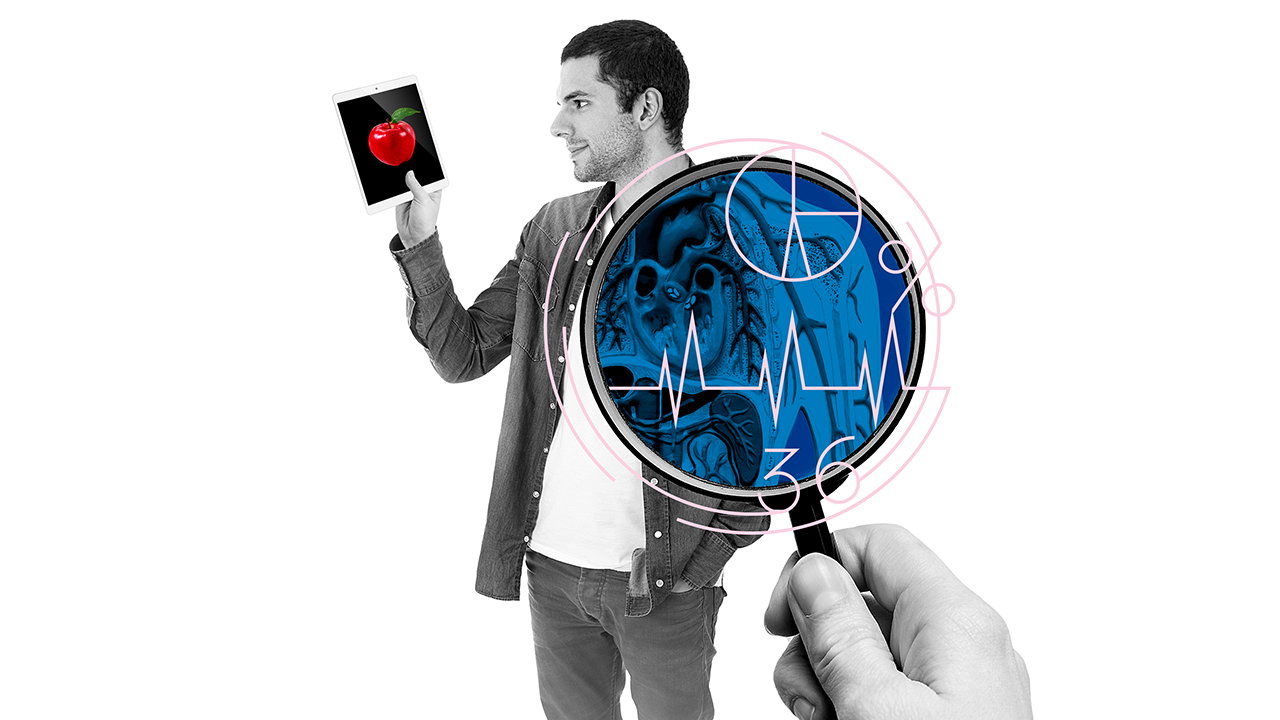
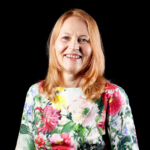
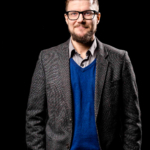
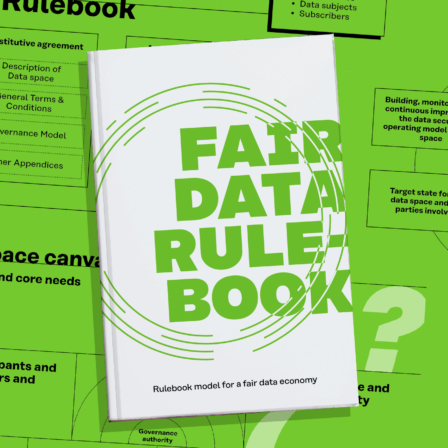




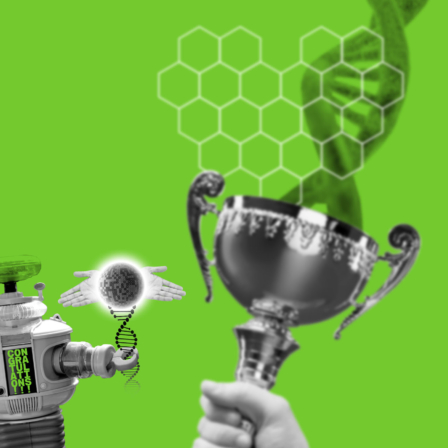
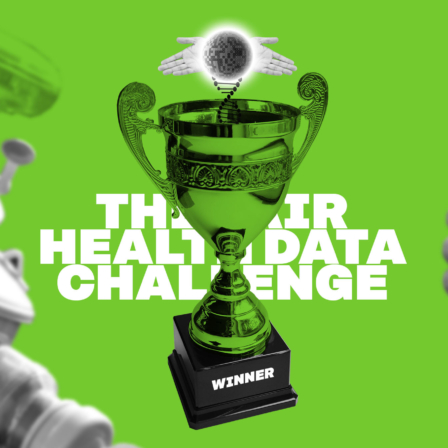
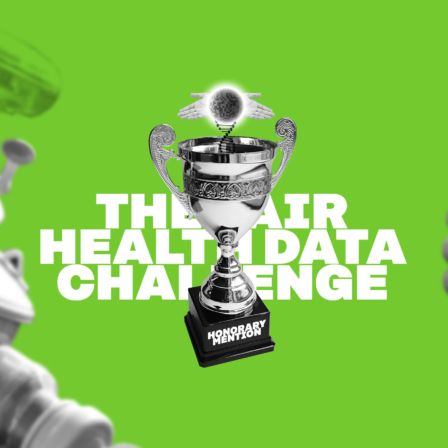




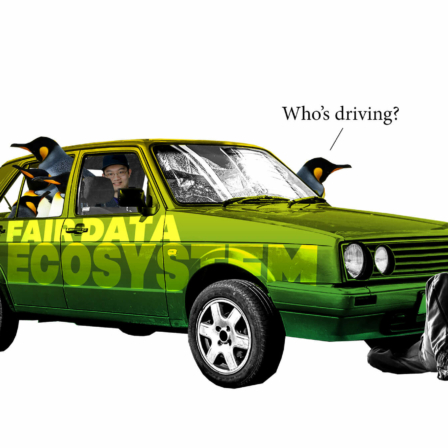
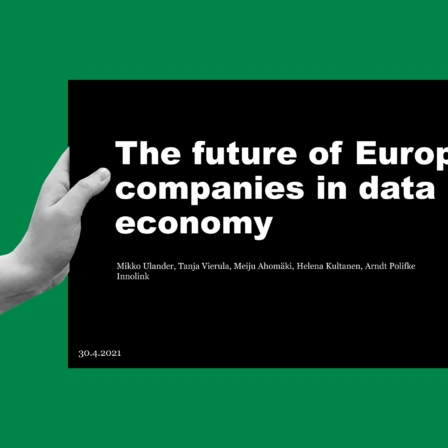


Recommended
Have some more.